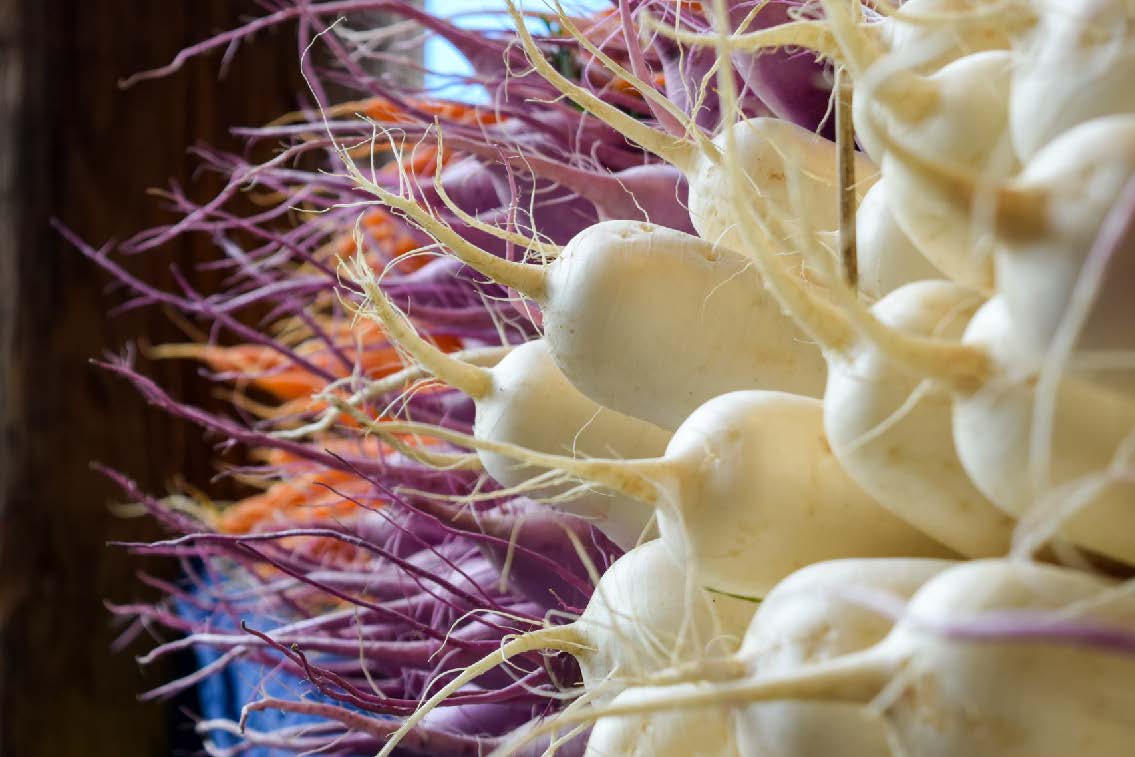2020 Southwest Washington Regional Juried Art Exhibition
“Melinda Holman uses the visual image to show us hidden truths. Her sharp eye and keen aesthetic sense reveal beauty and magic in the world we all inhabit but often don’t notice. Whether the inside of an iris as a bee might perceive it or a beach scene that reads like a novella, there is always something insightful, startling or simply poetic in her work.”
-Barnett Kalikow
Melinda grew up in a small logging and farming town in Oregon as the fifth generation of 2 pioneering families. Her curiosity led her to earning Phi Beta Kappa at the University of Oregon although her path through college included detours to work 4 years at the Texas State Library in Austin and becoming the first female on a maintenance crew at a major department store in Eugene. During her 32 year career as a Clinical Psychologist, she worked at a center for traumatic brain injury rehabilitation, a day & residential school for children with disabilities and she eventually started her own private practice in Tacoma. Her ability as an observer allowed her to perceive and gain insights into the world her clients inhabited and find ways to reach even individuals whose ability to communicate was severely constrained.
The transition to photography allowed her to continue using her perceptual flexibility to enter different worlds. Photography was a natural fit. It even provided a way to express herself when multiple surgeries for metastatic thyroid cancer temporarily impaired her voice. Recuperating, she slowly walked around her neighborhood recording what she observed. As she did in her previous career, she finds her photography career to be a challenge with always more to master and an eternal delight.
I’ve always been a “noticer”. I grew up in a rural town in a family that placed value on seeing rather than looking. I was instilled at an early age with a deep appreciation of the natural beauty around us. My grandmother taught me embroidery as a young child and allowed me to experiment with colors and how textures could be expressed with different stitches and patterns. The monthly arrival of National Geographic taught me how exceptional photography could complete the stories that words only partly told. These were my foundation.
I have always been drawn to the visual arts: Van Gogh’s wild and flowing canvasses prompt me to imagine how his perspective shaped his art. Sculptors such as Isamu Noguchi and the prehistoric Cycladic masters of Neolithic Greece demonstrated how to communicate more with simplicity of pattern, line, and shape and how these can contribute to a sense of movement. Georgia O’Keefe’s paintings with their inner explorations and early Dorothea Lange photos cropped to the essentials have encouraged me to think about how abstracting a piece from the whole can bring a new world into view. These shifts in perspective excite me.
I am naturally drawn to stories which is part of what drew me to clinical psychology. Stories are powerful, moving and individual and connect to our common humanity. I look for stories that can be told with a single image. When a viewer has an unexpected reaction to an image, I learn something new. And when others find resonances of their own stories in an image, I feel special satisfaction. The strong portraiture of Annie Leibovitz, photos of everyday life by Dorothea Lange, Lee Friedlander and Stephen Shore tell stories that were overlooked until they brought them into the right light.

Reflections | Photograph | 13" x 10.5"

Radishes | Photograph | 16" x 20"
